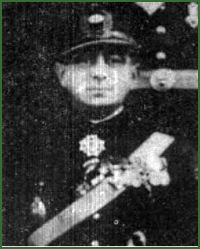Ștefan Plavăț (April 24, 1913 – June 18, 1944) was a Romanian communist activist, leader of a resistance group active in South-Western Romania during World War II.

Romania is a country located at the crossroads of Central, Eastern, and Southeastern Europe. It borders the Black Sea to the southeast, Bulgaria to the south, Ukraine to the north, Hungary to the west, Serbia to the southwest, and Moldova to the east. It has a predominantly temperate-continental climate. With a total area of 238,397 square kilometres (92,046 sq mi), Romania is the 12th largest country and also the 7th most populous member state of the European Union, having almost 20 million inhabitants. Its capital and largest city is Bucharest, and other major urban areas include Cluj-Napoca, Timișoara, Iași, Constanța, Craiova, and Brașov.
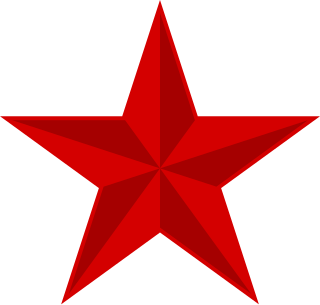
In political and social sciences, communism is the philosophical, social, political, and economic ideology and movement whose ultimate goal is the establishment of the communist society, which is a socioeconomic order structured upon the common ownership of the means of production and the absence of social classes, money, and the state.
Resistance movements during World War II occurred in every occupied country by a variety of means, ranging from non-cooperation, disinformation and propaganda, to hiding crashed pilots and even to outright warfare and the recapturing of towns. In many countries, resistance movements were sometimes also referred to as The Underground.
Plavăț was born in Eșelnița, in South-Eastern Banat, to a family of poor peasants. Due to material difficulties, in 1927 he was forced to leave high school, and in autumn he enrolled in the Apprentices' School of the Romanian Railways (CFR) in Timișoara. Here he came into contact with communist ideas and became an active member of the local worker movement. After finishing school, he was hired as a carpenter in the Timișoara CFR Workshops, and soon afterwards was elected a member in the committee of the local trade union. His political activism was seen as dangerous by the Workshops' management, and led to his reassignment to a marginal branch of the enterprise.
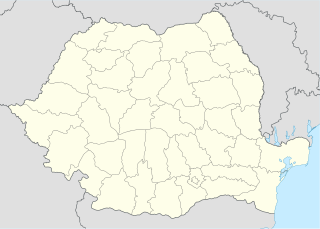
Eșelnița is a commune located in Mehedinţi County, Romania. It is composed of a single village, Eșelnița. It is one of four localities in the county located in the Banat. At the 2011 census, 74% of inhabitants were Romanians, 23.4% Roma and 2% Czechs.

The Banat is a geographical and historical region in Central Europe that is currently divided among three countries: the eastern part lies in western Romania ; the western part in northeastern Serbia ; and a small northern part lies within southeastern Hungary.
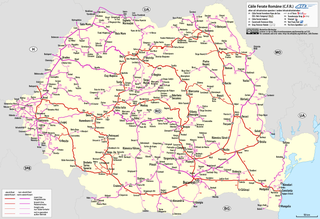
Căile Ferate Române is the state railway carrier of Romania. As of 2014, the railway network of Romania consists of 10,777 km (6,697 mi), of which 4,029 km (2,504 mi) (37.4%) are electrified. The total track length is 22,247 km (13,824 mi), of which 8,585 km (5,334 mi) (38.5%) are electrified. The CIA World Factbook lists Romania with the 23rd largest railway network in the world. The network is significantly interconnected with other European railway networks, providing pan-European passenger and freight services. CFR as an entity has been operating since 1880, even though the first railway on current Romanian territory was opened in 1854.
Plavăț returned to Timișoara in the first years of World War II, rejoining the Workshops, and becoming a leading member of the local clandestine organisation of the Romanian Communist Party (PCR). As Romania's dictator Ion Antonescu had joined Nazi Germany's invasion of the Soviet Union, Plavăț and others participated in the sabotage of the war production of the Axis. Arrested along other workers of the Workshops in autumn 1942, he was ultimately released due to lack of evidence.

The Romanian Communist Party was a communist party in Romania. Successor to the pro-Bolshevik wing of the Socialist Party of Romania, it gave ideological endorsement to communist revolution and the disestablishment of the Kingdom of Romania. The PCR was a minor and illegal grouping for much of the interwar period, and submitted to direct Comintern control. During the 1930s, most of its activists were imprisoned or took refuge in the Soviet Union, which led to the creation of separate and competing factions until the 1950s. The Communist Party emerged as a powerful actor on the Romanian political scene in August 1944, when it became involved in the royal coup that toppled the pro-Nazi government of Ion Antonescu. With support from Soviet occupation forces, the PCR was able to force King Michael I into exile, and establish undisguised Communist rule in 1948.
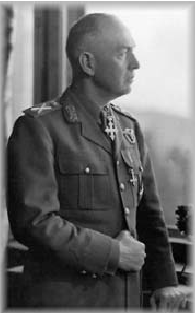
Ion Antonescu was a Romanian soldier and authoritarian politician who, as the Prime Minister and Conducător during most of World War II, presided over two successive wartime dictatorships. After the war, he was convicted of war crimes and executed.

Nazi Germany is the common English name for Germany between 1933 and 1945, when Adolf Hitler and his Nazi Party (NSDAP) controlled the country through a dictatorship. Under Hitler's rule, Germany was transformed into a totalitarian state that controlled nearly all aspects of life via the Gleichschaltung legal process. The official name of the state was Deutsches Reich until 1943 and Großdeutsches Reich from 1943 to 1945. Nazi Germany is also known as the Third Reich, meaning "Third Realm" or "Third Empire", the first two being the Holy Roman Empire (800–1806) and the German Empire (1871–1918). The Nazi regime ended after the Allies defeated Germany in May 1945, ending World War II in Europe.
In May 1944, as the tide of war had turned against the Axis, the Romanian Communist Party's Banat chapter, led by Leontin Sălăjan, decided to organise a group of partisans in the mountainous area of the region. Ștefan Plavăț was given the political command of the Mărășești detachment, active in the Caraș Mountains, in the area of his native village. The headquarters was established on the Semenic Mountain, and the main actions of the partisan detachment involved sabotaging of the rail line linking Timișoara with Reșița, an important industrial centre controlled by the Germans, and Bucharest, Romania's capital. On the morning of June 13, 1944, due to a betrayal of a captured partisan, Siguranța, the Romanian secret police, and the Gendarmerie surrounded the detachment. As the partisans refused to surrender, a gunfight ensued between them and the government troops. Although most of the partisans succeeded in escaping in the thick forest, Plavăț was mortally wounded.

Leontin Sălăjan was a Romanian communist military and political leader.
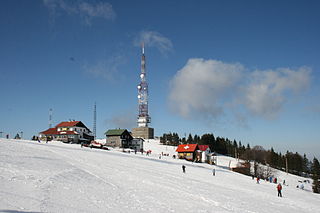
Semenic is a ski resort in the Semenic-Cheile Carașului National Park, in the Banat region of Romania.

Reșița is a city in western Romania and the capital of Caraș-Severin County, in the Banat region. Its 2011 population was 73,282.
After the dictatorship of Ion Antonescu was overthrown, and especially after the Romanian Communist Party gained the power in Romania, Ștefan Plavăț was one of the several anti-fascist fighters acclaimed as heroes by the official propaganda. Several streets, parks and schools were thus named after him in the area of Banat.









